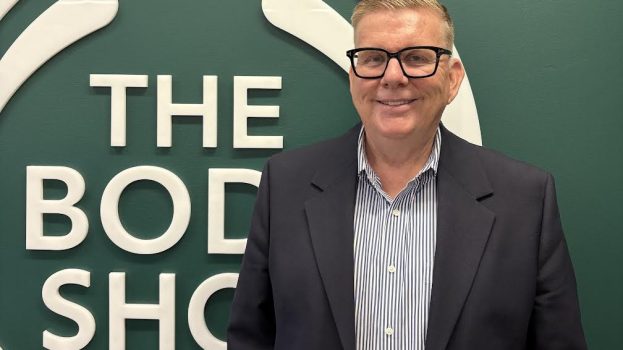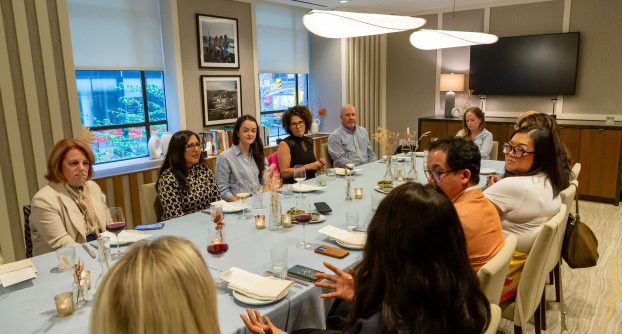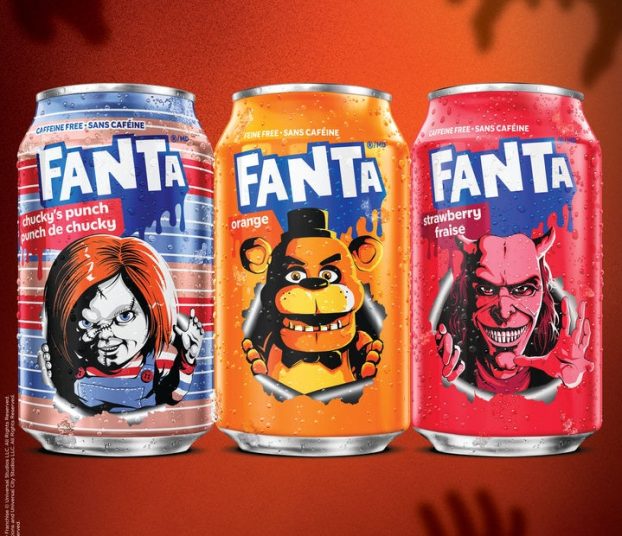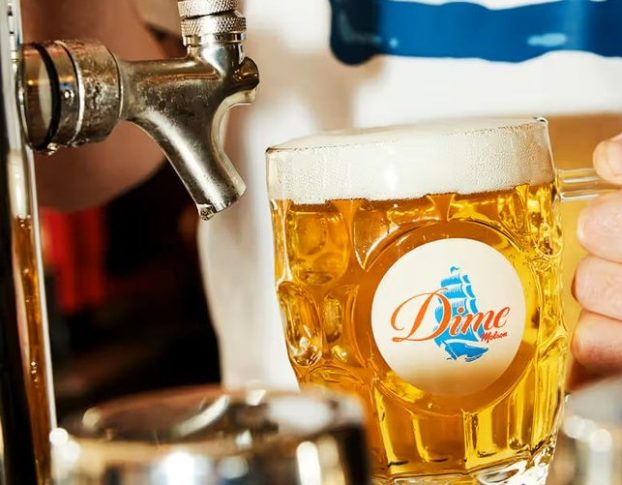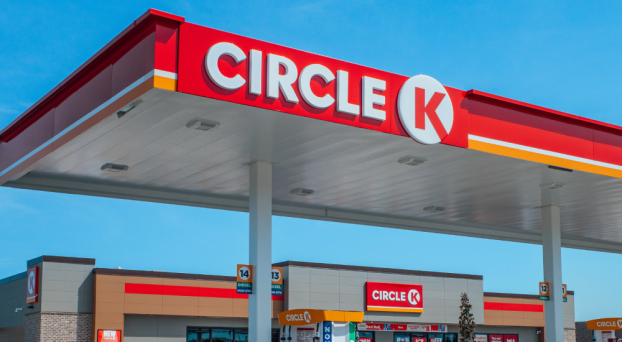Addressing the world’s problems is too grand a mission for any one brand or company – even one that reaches five billion customers around the world. So P&G is turning to consumers for help.
Last week, the CPG launched P&G Good Everyday – a new consumer rewards program that helps “turn everyday actions into acts of good” – in Canada.
First tested in the U.S., where it went live in May last year and has already generated 3.5 million “acts of good,” the online platform gives consumers the chance to earn points that are then translated into donations to various causes. Users can upload receipts, answer surveys or take quizzes in exchange for P&G donations to one of several causes – while also earning personal points and rewards, including gift cards, sweepstakes entries or additional donations.
The program is being powered by more than 60 P&G brands, including Tide, Pampers, Dawn, Always, Pantene and Crest. By purchasing products from any of these brands and scanning their receipt, members contribute automatically to one of the company’s many citizenship efforts, including work with the United Way, WWF Canada, Tide Loads of Hope, Dawn Helps Save Wildlife, Always End Period Poverty and Children’s Safe Drinking Water.
P&G Good Everyday replaces the company’s former Everyday platform, which focused exclusively on savings and coupons. But, like its predecessor, the new platform also gives members access to digital offers and printable coupons.
“People [in Canada] really care about giving back. They want to drive equality and inclusion, they want to support sustainability initiatives,” explains Canadian president Geraldine Huse. “P&G Good Everyday is a rewards program for people who want to make an impact.”
The platform will live exclusively online, though Huse says P&G is very open to eventually working with its retail partners on bringing the program into stores. “We see that as an opportunity. We think that could help it make even more of an impact to those in need in Canada. So that’s certainly something we’ll look at.”
Currently, users can load exclusive PC Optimum offers to their account (though it does not allow users to view their PC Optimum offers, only load unique offers for P&G products).
The debut of Good Everyday comes as P&G forges ahead with the second phase of “Lead with Love,” the latest incarnation of the global CPG’s strategy to be a “force for good and a force for growth” across all the markets in which it operates.
Launched in December with “Emotions” (a spot suggesting love is the most powerful of the eight emotions humans are born with), phase two of the campaign comes with a commitment to fulfil 2,021 “acts of good” before the end of the year.
[iframe_youtube video = “TSXz5ts4jJY”]
Those commitments are being met through another wave of COVID-19 relief efforts, including donated health, hygiene and cleaning products, PPE and financial support, the hosting of a Business Development Program for women entrepreneurs, and brand campaigns including Secret’s #EqualSweat, Pantene’s #HairHasNoGender and Pampers’ #PampersforPreemies. “Lead with Love” first launched in May 2020 with “Love is All They See,” a pandemic-related short film, and was given new life during Pride celebrations with “The Pause.”
While the campaign’s overarching objective remains the same in 2021, Huse says some elements and initiatives are new. For example, P&G had already committed to making all of its packaging recyclable or reusable by 2030. Now, it has taken that a step further and is targeting carbon neutrality by 2030.
In a statement to strategy, P&G noted that “Lead with Love” includes a “call to action for consumers to join us as a force for good” and that the P&G Good Everyday program is one means through which they can participate in those efforts.
The launch of Good Everyday will also more broadly serve as a “corporate platform to enable and amplify” the company’s “Brand 2030” plan, activated in 2019.
Under that framework, brand teams are called on to integrate “brand citizenship,” including social impact and environmental sustainability, as a “core expectation in their respective brand strategies and executions,” according to the company. “Each brand needs to implement seven ambitious Fundamentals across product, packaging and supply chain and define a brand-specific North Star commitment, helping to solve for a societal challenge to which they can uniquely and meaningfully contribute.” These criteria are in addition to any corporate-level programs.
[iframe_youtube video = “0DoGLmHdD0E”]
Brian Hickling, founder and president of Catalyst 17, a recently launched social impact consultancy, believes the Good Everyday platform is a smart way for P&G to involve consumers in “the experience of doing good – and it is an experience, I think.”
Hickling notes that loyalty programs are normally “selfish run, as opposed to selfless run” in the sense that consumers gain perks in exchange for their loyalty. But Good Everyday borrows from the playbook of companies like Benevity, a donation management platform, allowing consumers to actively participate in the company’s do-good mission.
“If it costs me nothing to use P&G’s money – or what I perceive as P&G’s money – that’s a good deal,” he says. “I can be a great human for free? I think that’s a fantastic proposition.”
By having users upload receipts and participate in quizzes, Good Everyday also serves as an important market research tool and creates a one-to-one connection with the end shopper. This, Hickling says, could prove particularly useful for a company like P&G at a time when social media platforms are being scrutinized and advertisers make plans for the prospect of a cookie-less world.
In fact, during a CES 2021 virtual presentation in January, P&G chief brand officer Marc Pritchard said the company was taking more control of the media supply chain “starting with opt-in first-party consumer data that consumers can trust will be used for their benefit.”
In the end, it’s through programs like Good Everyday and its other “force for good” efforts that the company believes it will achieve its growth potential, according to Huse.
“Canadian consumers expect big companies to give back, so it is somewhat of a virtuous circle,” she says. “If they trust big companies are going to give them the brands that work, are going to be responsible in terms of sustainability and packaging, in terms of equality and inclusion and in terms of giving back to the community – they’re more likely to buy those products.”


